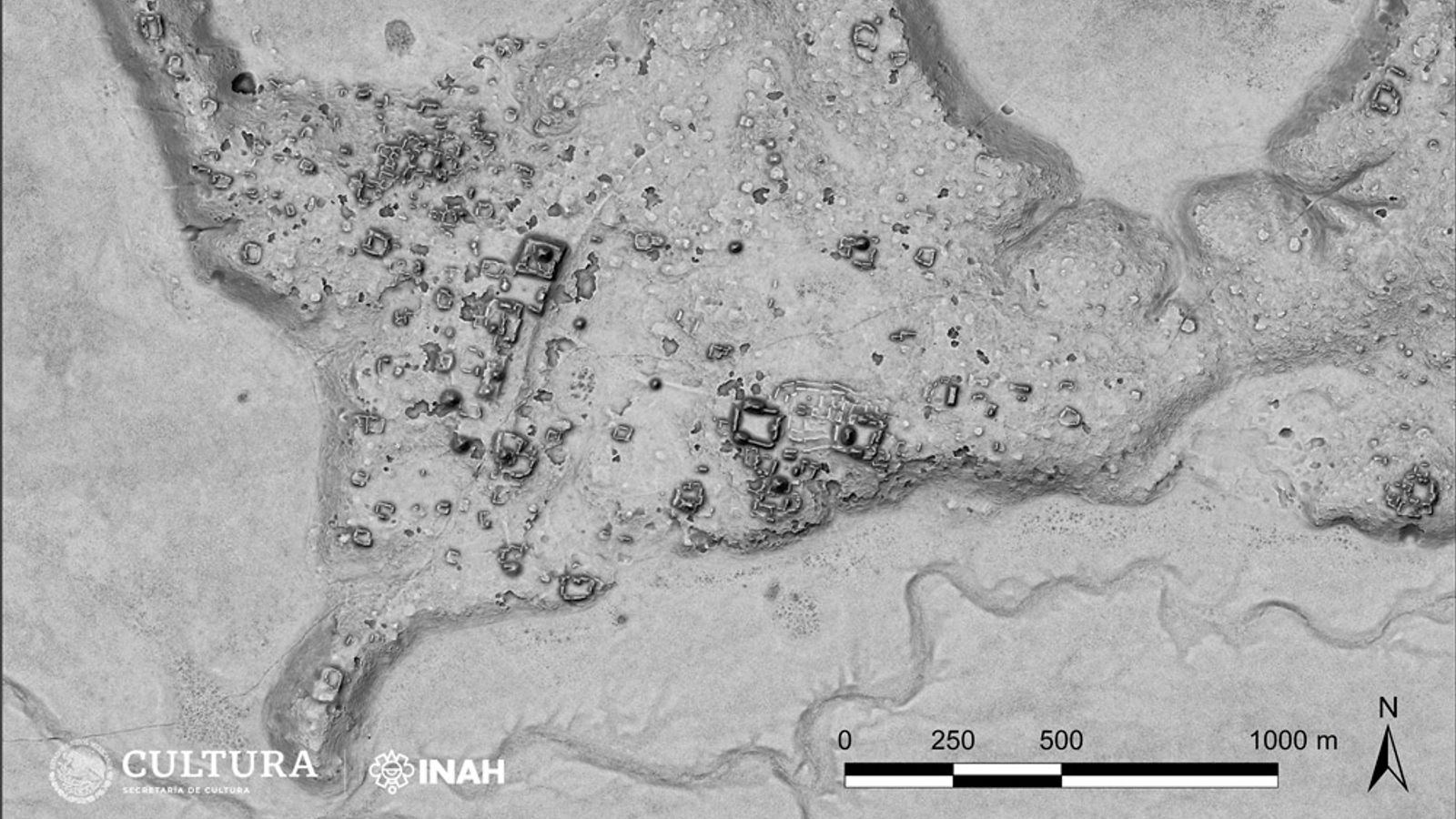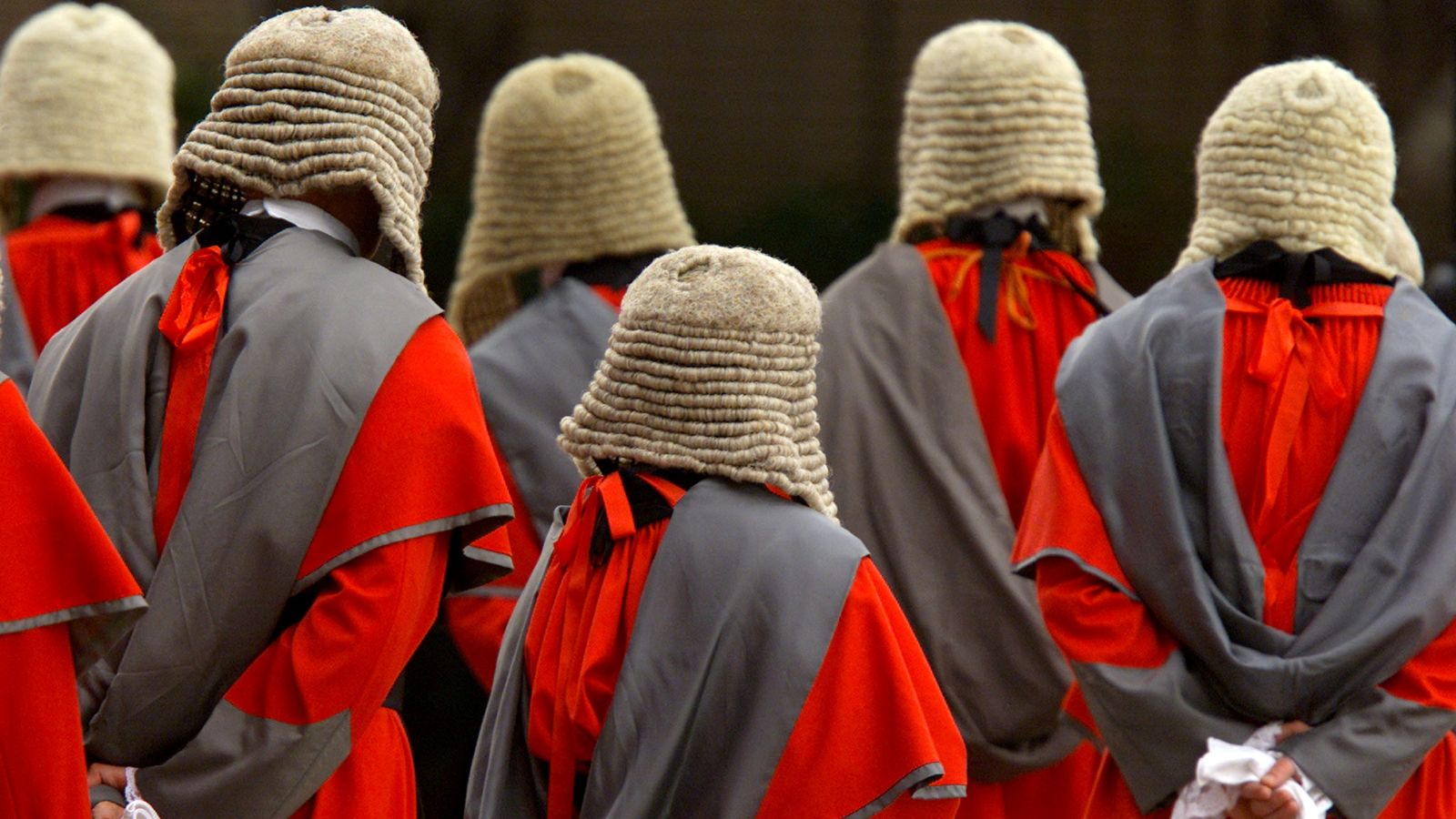An ancient Mayan city thought to date back to 1,000AD has been unearthed in southern Mexico.
The site, located within the Balamkú ecological reserve in the state of Campeche, around 1,100km from Mexico City, has been named Ocomtún, which translates as “stone column” in Yucatec Mayan.
The city would have boasted huge pyramid-like structures including one measuring 25m (82ft), together with three plazas with “imposing buildings”, stone columns and other cylindrical structures.
Several altars and a ball court believed to have an important religious purpose were also found at the settlement, which dates back between 250AD and 1000AD.
A team of researchers, led by archaeologist Ivan Ṡprajc, made the “monumental” discovery, announced on Tuesday by Mexico’s National Institute of Anthropology and History (INAH).
They trekked through 60km of roads covered in thick vegetation to discover the ancient site.
Mr Ṡprajc said: “The biggest surprise turned out to be the site located on a ‘peninsula’ of high ground, surrounded by extensive wetlands.
Mexico’s Popocatepetl volcano erupts
Popocatépetl: Millions preparing to flee homes as Mexican volcano spews ash and rock
Sharp fall in migrant ‘encounters’ at US-Mexico border after end of Title 42 restrictions
“Its monumental nucleus covers more than 50 hectares and has various large buildings, including several pyramidal structures over 15 metres high.
“The site served as an important centre at the regional level, probably during the Classic period (250-1000 AD).
“The most common ceramic types that we collected on the surface and in some test pits are from the Late Classic (600-800 AD); however, the analysis of samples of this material will offer us more reliable data on the sequences of occupation,” he added.
The research team believes some structures are “markets or spaces destined for community rituals”, but “only future research will shed light on the functions of these groups, which represent a regional peculiarity”, Mr Ṡprajc added.
Be the first to get Breaking News
Install the Sky News app for free
Read more:
Biggest ever Hadrian’s Wall dig hopes to reveal secrets about Roman empire
Archaeologists in Egypt unearth Spinx-lke statue and shrine
Remains of wall dating 700 years discovered under Westminster
The site probably declined around 800 to 1000 AD based on analysis of materials extracted from buildings, Mr Ṡprajc said.
This was probably a reflection of “ideological and population changes” that led to the collapse of Maya societies in that region by the 10th century.
The Mayans, known for their advanced mathematical calendars, populated south east Mexico and parts of central America before political collapse led to their widespread decline.
The last stronghold fell in the late 17th century after the arrival of Spanish Inquisition conquistadors.
Click to subscribe to the Sky News Daily wherever you get your podcasts








